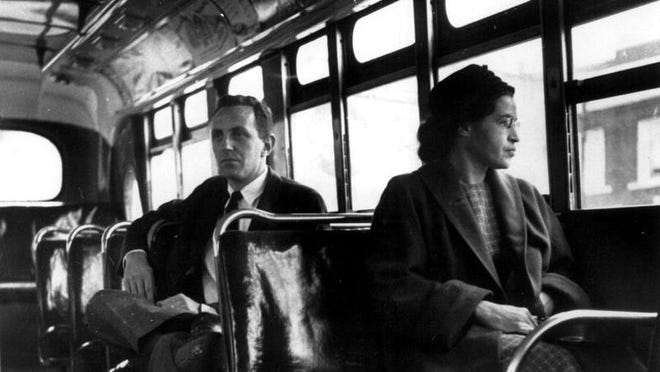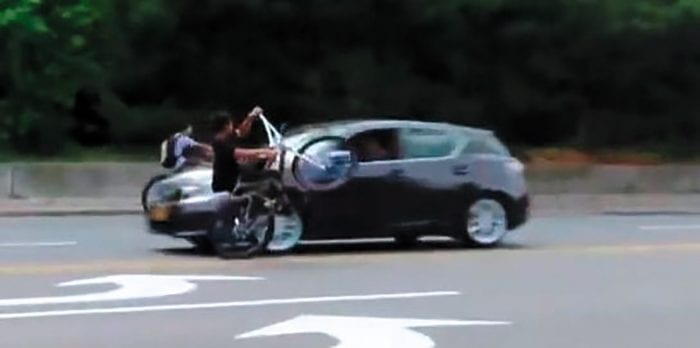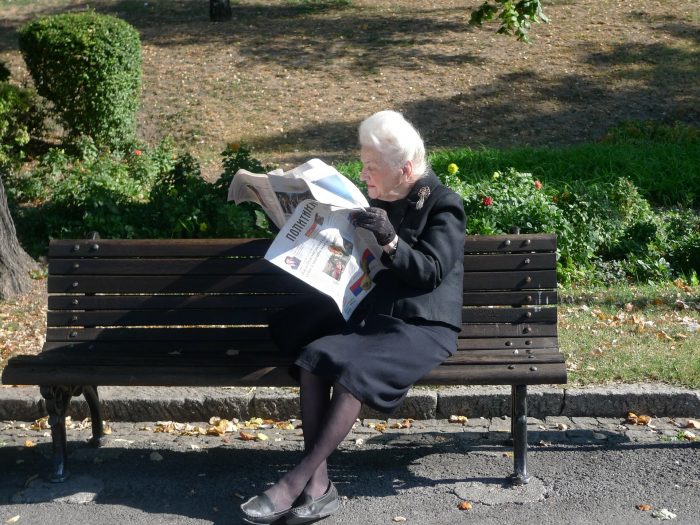Last week marked milestones that most Long Islanders would prefer to forget.
It was March 5, 2020, when the first confirmed case of the coronavirus was reported on the Island in Nassau County, and then a few days after, there was one in Suffolk.
A year later, while we can somewhat see the light at the end of the tunnel, we’re not quite there yet.
Many people would say we lost a year of normalcy with a good majority of employees working from home, restaurants and other businesses operating at reduced capacity — some even shuttering their doors for good. The biggest loss to COVID-19 was more than 3,000 people in Suffolk County in the last year dying from the virus. This means 3,000 families have lost their loved ones.
We’ve come a long way since the novel coronavirus was first discovered in Wuhan, China. Scientists and researchers had to scramble to find ways to protect people from a virus that was unfamiliar to the human body, so much so that it not only could make them incredibly ill but also take their lives.
There were shutdowns, social distancing guidelines, the requirement of facial coverings and frequent handwashing to keep us healthy, while pharmaceutical companies were on the fast track creating vaccines that would teach our bodies how to clobber the silent and invisible enemy.
But was this year really lost to any extent? We have come out of adversity stronger and wiser.
Those of us who are reasonably healthy have learned so much. More than ever, we know not to take our health and loved ones for granted. We have discovered just how resilient we can be, finding alternatives to celebrating special events, having meetings with coworkers, buying groceries and more. Many business owners have come up with innovative ideas so they can keep their doors open.
We have also seen disparities during the pandemic, especially when it comes to public health, as Black and brown communities have had more cases than others. These disparities are unacceptable and remind us that we can and must do better by our neighbors.
So many of us know someone who has been affected by the coronavirus, whether they had mild or severe symptoms, were hospitalized or died. And as we find ourselves at the one-year mark, even with the vaccines being rolled out, we still must curtail our activities, social distance, wear masks and frequently wash our hands.
But as more and more people get vaccinated, the light at the end of the tunnel will continue to get brighter. Our residents will carry on — maybe with masks in hand and keeping their distance, but at the same time applying the lessons they have learned and honoring those who can no longer do so.














